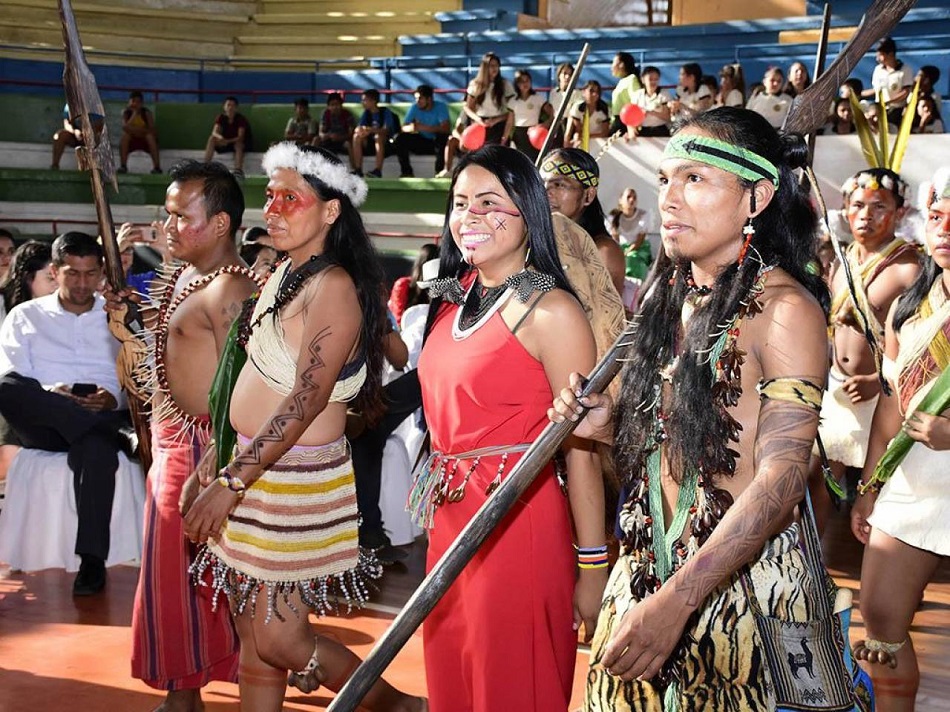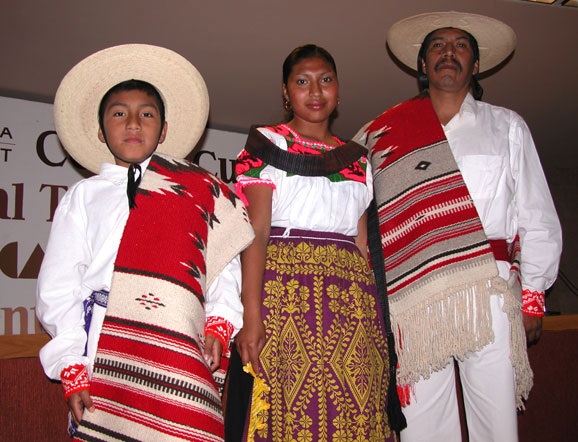In this interesting yet short article, you will learn all about Indigenous Clothing and its peculiar way of using it, you will learn all about its magical culture and much more. You should not miss this post! You will surely like it.

Clothing of the indigenous: Characteristics and styles of their clothing
As the climate is an important step in native clothing, some of its unique features give each ethnic group a very defined appearance.
How is the clothing of the indigenous people of the western world
In general, the native clothing of the tribes that inhabited the warm lands of America, such as the Aztecs, Mayans, Mixtecs, Toltecs, Cherokees, Muiscas and Caribbean, specialized in dressing very lightly. In this way, the most common was the use of the loincloth or maxtli, accompanied by capes and decorations such as jewelry, earmuffs or bracelets, as well as extraordinary headdresses with bird feathers.
Instead, ethnic groups in the colder regions of the Andes, such as the Incas or Aymaras, used to dress in colorful alpaca wool ponchos and hats combined with metallic trim.
Now, among the costumes of European tribal groups, the Lapps are distinguished by the use of clothing made of wool or fur, hence these guardians of the Arctic. They are distinguished by a traditional costume called a kolt, which is accompanied by a poncho made of cloth in cloth, known as luhka, as well as, the Celts were distinguished by their peculiar and symbolic blue tattoos.
Indigenous dress in the rest of the world
Basically, the clothing of the Asian indigenous culture has some common characteristics, in this way, robes, coats, skirts and long pants are common, but with a strong ethnic difference, for example, the tribes of the southeast, such as the Hmong.
They are distinguished by their colorful costumes embroidered with geometric figures, while the Giay are distinguished by colorful headscarves; however, if there is one thing that stands out, it is the Thai women of the yan pa doung line, who wear a series of rings around their necks to elongate their throats.
In addition, the native clothing of Oceania is characterized by the use of skirts made of vegetable fibers, accompanied by ornaments or tattoos on the body, in this way some tribes such as the Simbu of Papua New Guinea paint their bodies. Simulating a skeleton to scare On the other hand, the tattoos worn by the Maori are a distinctive symbol of social hierarchy.
Likewise, in African clothing, the use of lawo stands out, which consists of a cloth tied to the shoulder, as well as scarifications and body decorations, as is the case of Suri and Mursi women. from Ethiopia, who place plates to enlarge lips or ears.
To conclude, the diversity of indigenous clothing is often associated with the degree of social, military and priestly hierarchy and its relations with the cosmogony or the environment.
Clothing of Mexican indigenous peoples, a window to their culture
The clothing worn by indigenous peoples, with their elaborate designs, is invaluable because their designs allow a quick visual reading of their cosmogony; The place, the importance and the scope that the character that wears the clothes and the biodiversity in which he lives can have, said Walter Boelsterly.
In an interview, the subject specialist and the director of the Museum of Popular Art (MAP) defined the cities that preserve their traditional clothing as "magicians" due to the way in which they mix iconography and all that symbolism that their sculptures keep.
For the manufacture of these altarpieces, showcases on the cultures of origin, he explained in the first place, it should be noted that Mexico has an enormous amount of natural pigments that give a wide color palette for handicraft work in textiles.
He recalled that the hue trade was very relevant in the pre-Hispanic era and that it has remained in the same state until today thanks to this range of tones.
In addition, there is also a wide variety of sustainable materials in which this range can be used, of which the so-called pre-Hispanic cotton stands out, obtained from the native species Gossypium Hirsutum, belonging to the Malvaceae family.
This local variety, to which we can add the fibers obtained from the water nettle, the maguey ixtle and other fibrous fibers, was enriched by the conquest and the animal products that arrived with cattle, cattle and horses.
If you found this article interesting, we invite you to enjoy these others:
